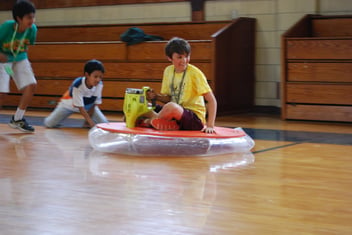Brains in Jars: Psychology + Neuroscience Students at the Cushing Center
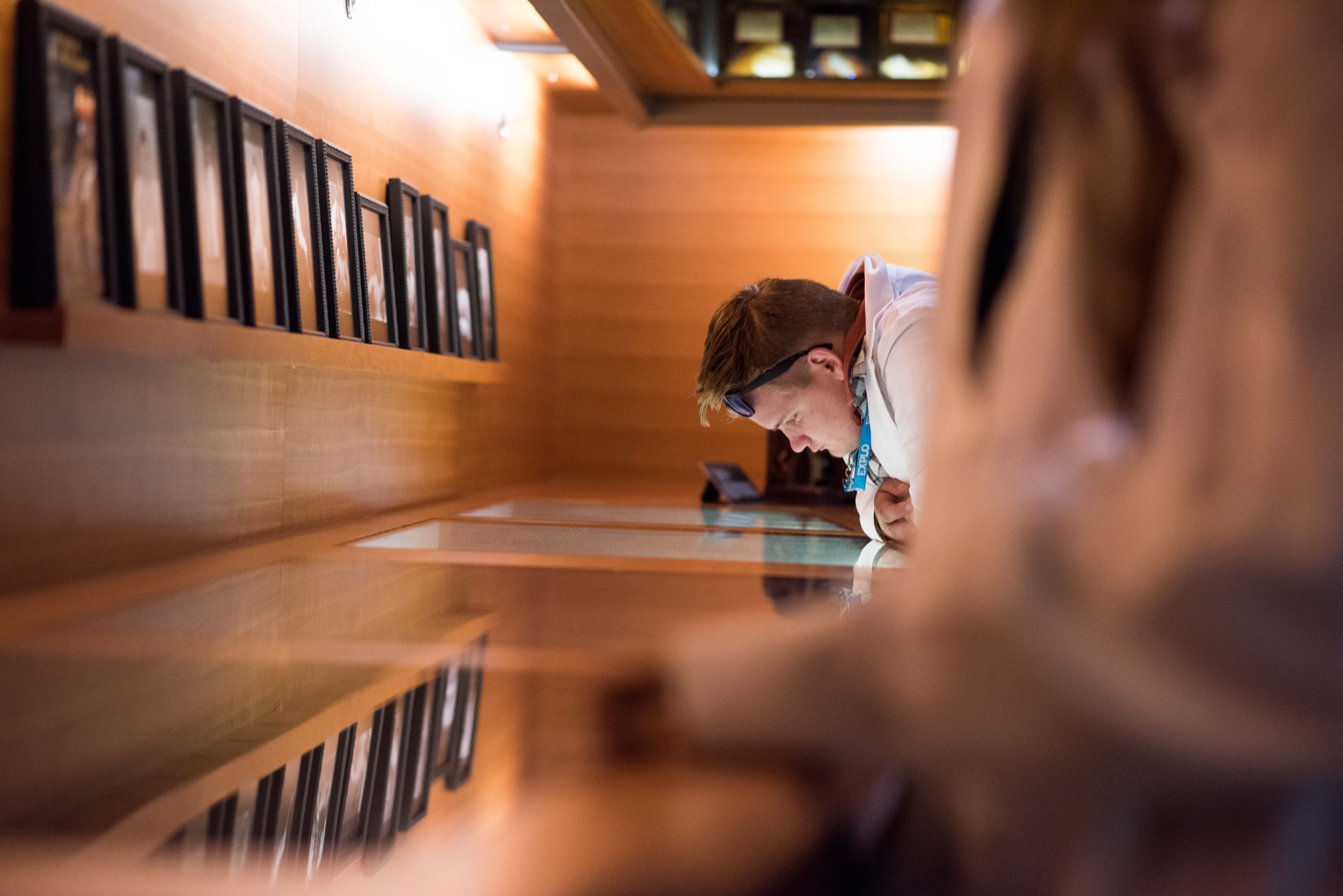
At EXPLO, we often discuss the importance of getting out of the classroom and learning in the real world. It’s a hallmark of what we do. That’s why trips are such a critical piece of our curriculum, and happen not only on the weekends but also during academic periods.
One of our favorite places to visit is the Cushing Center at Yale’s John Hay Whitney Medical Library. Why? Because there are brains in jars, everywhere. (Not to mention a number of fascinating curiosities, like the skull of Phineas Gage — the man whose frontal lobe was pierced by a rail spike and taught us about how our brain determines personality and behavior — and a stunning series of photographs featuring the earliest neurosurgery patients in various stages of their health.)
One of our favorite places to visit is the Cushing Center at Yale’s John Hay Whitney Medical Library. Why? Because there are brains in jars, everywhere.
An homage to pioneering neurosurgeon Harvey Cushing (considered the father of neurosurgery for his work from 1899-1932), the Center is home to his personal collection of brains and brain tumor specimens; his detailed journals and illustrations; microscopic slides; and more than 15,000 photo negatives documenting his cases. It is known as the Cushing Brain Tumor Registry, and it has helped to drive research and advancement in neurosurgery and neuroscience for more than half-a-century.
Let’s take a walk:
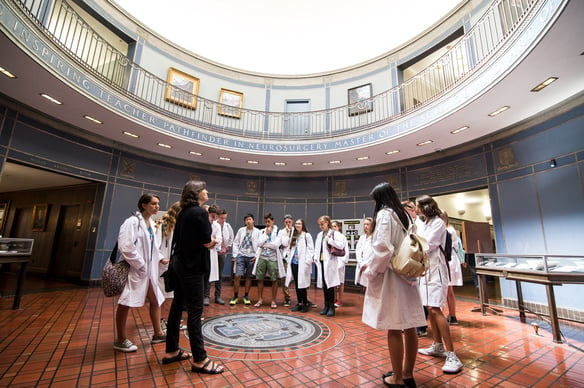
It took nearly more than 75 years for Cushing’s collection to find a permanent home. From Johns Hopkins to Harvard, the collection finally found its way to Cushing’s alma mater, Yale University, where it ended up in the basement of E.S. Harkness Hall for nearly three decades.
From Johns Hopkins to Harvard, the collection finally found its way to Cushing’s alma mater, Yale University, where it ended up in the basement of E.S. Harkness Hall for nearly three decades.
According to Cushing Center sources, it would become a tradition for medical students to sneak into the dimly-lit space (nicknamed the Brain Room) to see the brains and sign a whiteboard to verify their journey and become members of the “Brain Society.” Today it’s part of the Whitney Medical Library at Yale — the vision and groundwork for which was established by Harvey Cushing himself.
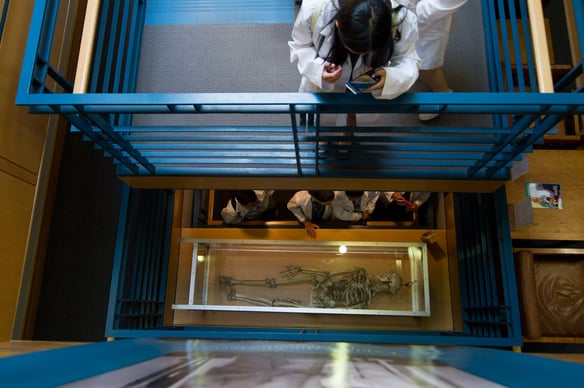
“It really matters to me that [our students] see that Harvey Cushing was a nerd,” says EXPLO faculty member Elizabeth Warren.
“It really matters to me that [our students] see that Harvey Cushing was a nerd,” says EXPLO faculty member Elizabeth Warren. “He followed his curiosity wherever it took him, and it led to this career as the founder of modern neuroscience. They see brains in jars, which is an excellent part of neuroscience to see this tactile specimen of the thing we’ve spent so much time talking about. But they also see all of the things that Cushing collected, actual brains with actual tumors that he studied. And they learn that these things are still being studied today as part of the cutting-edge medical research that’s happening at Yale right now — all because Cushing was curious enough to collect them, and we can still use what he gave us.”
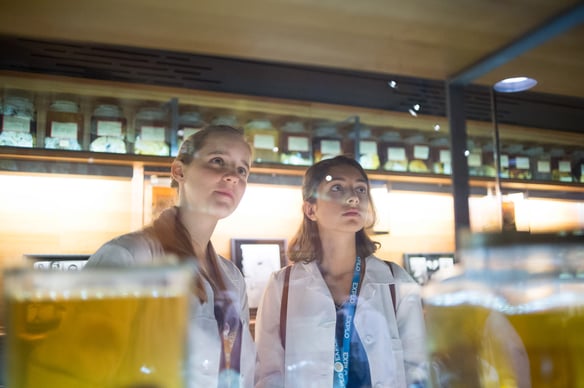
Beyond the brains, one fascinating piece of Cushing’s collection is the series of preserved glass plate and photo negatives featuring Cushing’s patients. Both adults and children with some of the rarest neurological disorders came to Cushing for treatment throughout his career, and he carefully documented them in various states of health and treatment. The images, while sometimes jarring, are a dynamic contrast to the brain and tumor specimens, bringing a sense of humanity — and application — to the science students are studying.

